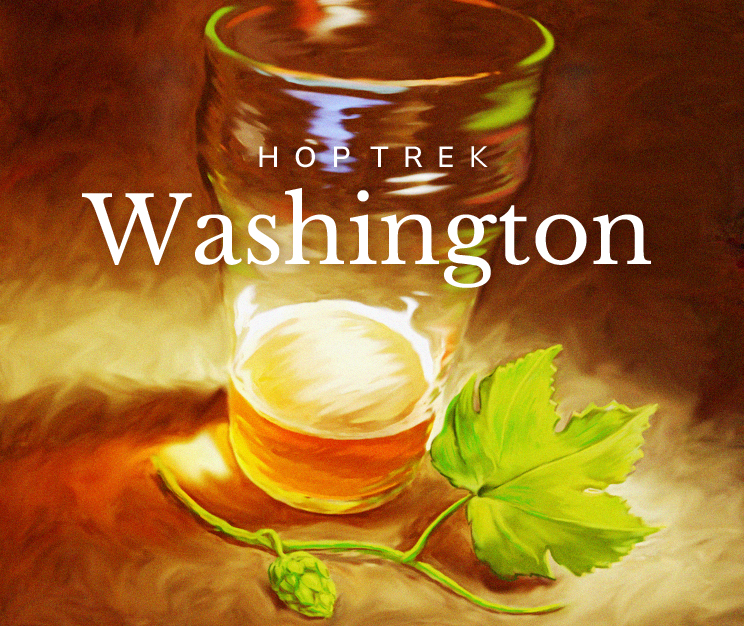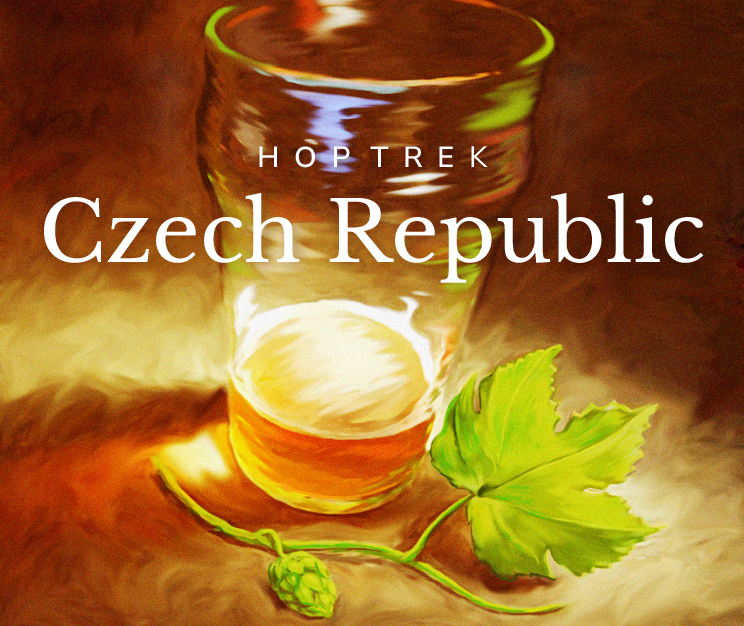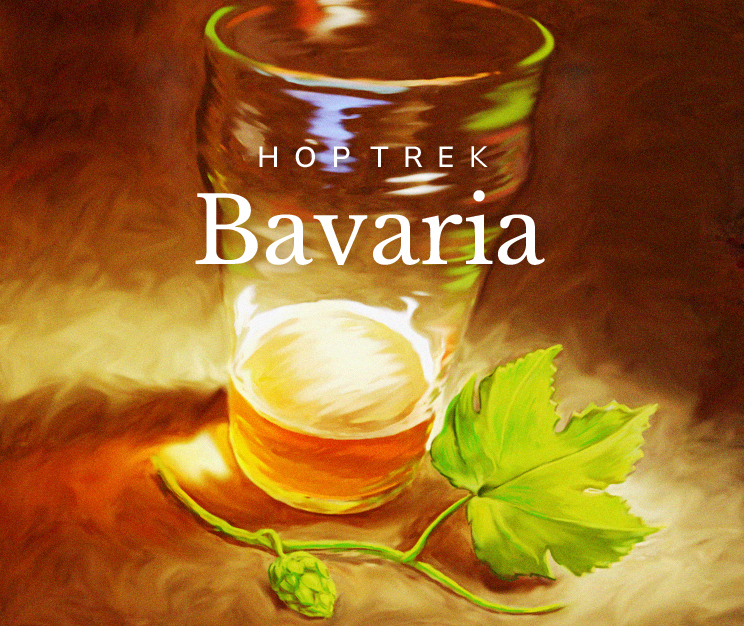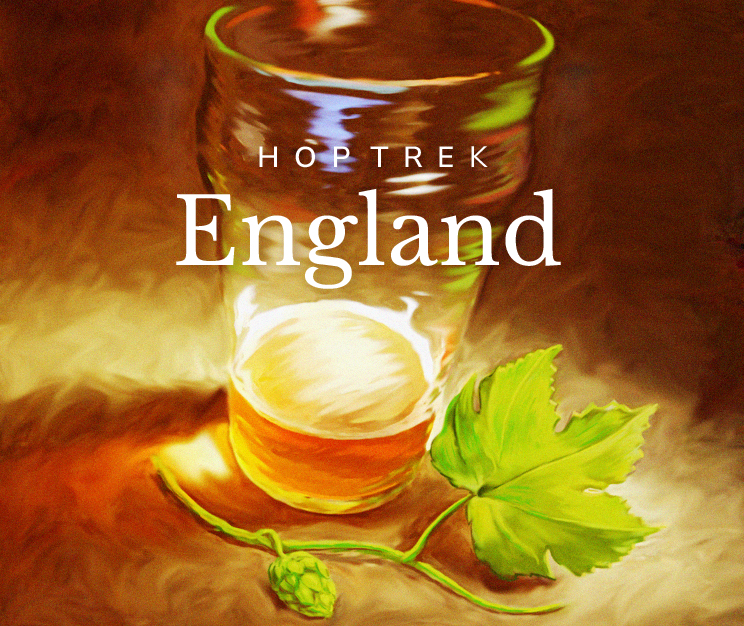Hop Trek Part 1: Yakima
I am standing on the base of an upturned tree, on a ridge overlooking the jagged tips of the Cascade Range of northern Washington. It is dark, save for the blue illumination of a new moon. Around me, the ancient sun-baked roots of a toppled spruce tree fan out mechanically in all directions forming a throne Ralph calls the “Starship Enterprise.” For HopUnion’s gregarious leader Ralph Olson, this is a retreat from the high-pressure world of hops down in Yakima, just an hour to the east. The fact that he has bestowed this imaginative fantasy on a dead tree speaks worlds about those who spend time in the hop trade.




